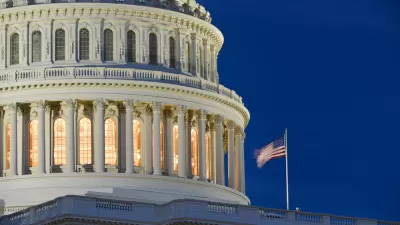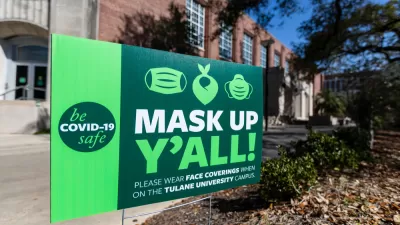Since 1990, around half of Brazil's largest cities have adopted participatory budgeting. A new study finds the experiment has had positive impacts on health and quality of life. With more countries adopting the practice, the results are encouraging.
In 2012, Vallejo, California became the first U.S. municipality to embrace participatory budgeting on a citywide level. That same year, New York City launched a participatory budgeting pilot program in four City Council districts. Chicago recently announced it would work to expand its five-year-old program throughout the city. Though there are now "over 1,500 participatory budgets around the world," according to the Participatory Budgeting Project, Brazil has the longest and most distinguished track record in embracing the practice.
A new study of the results of twenty years of participatory budgeting in Brazil has found that "municipalities with participatory programs improve the lives of their citizens," write Brian Wampler and Mike Touchton, professors at Boise State University and authors of the report. "We find PB programs are strongly associated with increases in health care spending, increases in civil society organizations, and decreases in infant mortality rates," the authors write in their report. "This connection strengthens dramatically as PB programs remain in place over longer time frames."
"Participatory programs will not necessarily produce fundamental change in the short term, but they are a vital part of building better institutions and improving citizens’ quality of life," conclude Wampler and Touchton.
FULL STORY: Brazil let its citizens make decisions about city budgets. Here’s what happened.

Study: Maui’s Plan to Convert Vacation Rentals to Long-Term Housing Could Cause Nearly $1 Billion Economic Loss
The plan would reduce visitor accommodation by 25,% resulting in 1,900 jobs lost.

North Texas Transit Leaders Tout Benefits of TOD for Growing Region
At a summit focused on transit-oriented development, policymakers discussed how North Texas’ expanded light rail system can serve as a tool for economic growth.

Why Should We Subsidize Public Transportation?
Many public transit agencies face financial stress due to rising costs, declining fare revenue, and declining subsidies. Transit advocates must provide a strong business case for increasing public transit funding.

How to Make US Trains Faster
Changes to boarding platforms and a switch to electric trains could improve U.S. passenger rail service without the added cost of high-speed rail.

Columbia’s Revitalized ‘Loop’ Is a Hub for Local Entrepreneurs
A focus on small businesses is helping a commercial corridor in Columbia, Missouri thrive.

Invasive Insect Threatens Minnesota’s Ash Forests
The Emerald Ash Borer is a rapidly spreading invasive pest threatening Minnesota’s ash trees, and homeowners are encouraged to plant diverse replacement species, avoid moving ash firewood, and monitor for signs of infestation.
Urban Design for Planners 1: Software Tools
This six-course series explores essential urban design concepts using open source software and equips planners with the tools they need to participate fully in the urban design process.
Planning for Universal Design
Learn the tools for implementing Universal Design in planning regulations.
Ascent Environmental
Borough of Carlisle
Institute for Housing and Urban Development Studies (IHS)
City of Grandview
Harvard GSD Executive Education
Toledo-Lucas County Plan Commissions
Salt Lake City
NYU Wagner Graduate School of Public Service





























